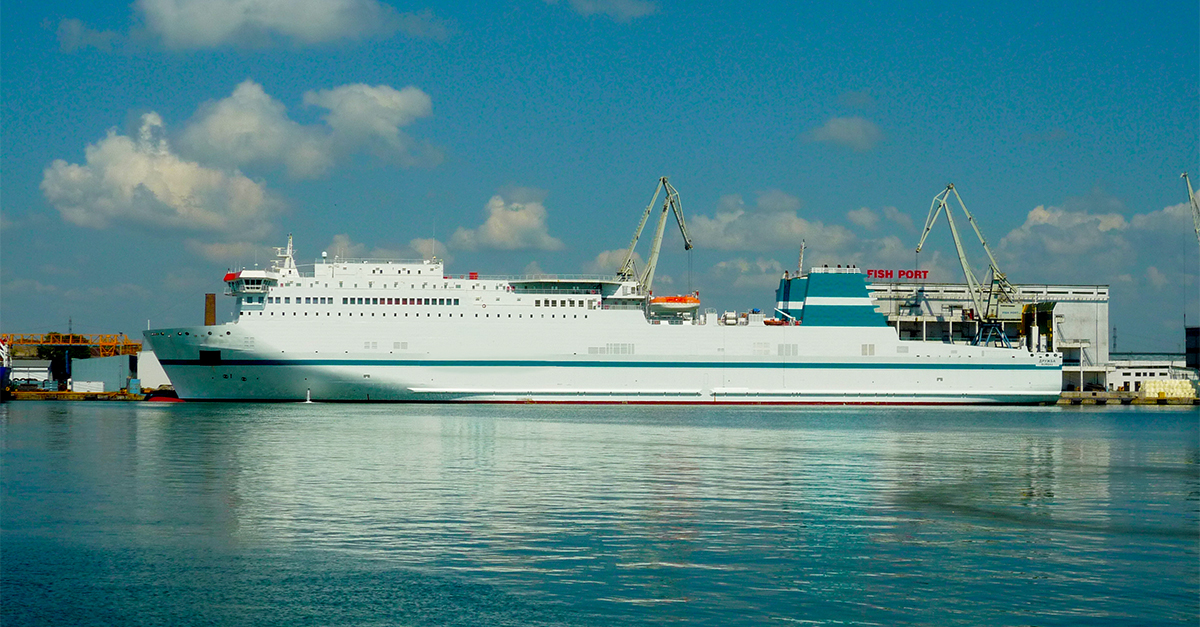In case you didn’t know, a ROPAX (roll-on/roll-off passenger) vessel is a RORO (roll-on/roll-off) vessel that can accommodate freight vehicles and 10 to 400 passengers for journeys of 25 to 500 nautical miles. Typically, they run all day, every day, requiring them to be highly reliable vessels.
Due to the demanding nature of their day-to-day operations, any downtime can be costly and troublesome for the shipowners and operators. Hence, the ROPAX industry remains conservative and hesitant to adopt costly innovative solutions that could risk downtime, tending to default to tried and true methods that ensure ongoing operations and cash flow.
However, two market conditions currently mark the ROPAX industry as ready for environmentally friendly innovations, such as permanent magnet (PM) machines.
First, fuel prices have gone up.
Second, strict European environmental regulations require less fuel consumption and cleaner fuel combustion – in other words, less CO2, nitric oxide and dust particles. This latter factor is extra relevant to ROPAX operations since the ships tend to run near highly populated areas along the shoreline and to and from large metropolitan areas.
Particularly in Europe, now is a good time for ROPAX owners and operators to introduce:
- Diesel fuel instead of marine heavy fuel
- Liquefied natural gas (LNG) fuel
- Fuels with a high biological origin, such as biomethanol
- Electric propulsion and future-flexible DC solutions
Moreover, many major European ports require ship operators to either build new ships or retrofit their existing fleet to use their facilities, demanding that even the most conservatively cost-conscious shipowners adapt or go out of business.
That’s why we believe that those who are serious about increasing their efficiency will deploy PM machines. For example, a typical hybrid power source for a ROPAX vessel could include a common drive and generator configuration, such as:
- Two main engines, usually four-stroke, capable of generating 11,500 kW
- Two auxiliary gensets capable of generating 2,700 kW each
- Two shaft generators capable of generating 2,700 kW each
- Two bow thrusters capable of generating 2,500 kW
The use of PM machines in shaft generator applications is optimal because their efficiency at partial loads is unbeatable compared with any other rotating machines. Competing technology mainly focuses on efficiency rates only at full load.
PM shaft generators also have the ability to deliver power take in (PTI) and power take out (PTO). For example, a PM shaft generator on a two-stroke engine enables PTI that fosters boost, ‘take me home,’ peak shaving and dynamic positioning.
Meanwhile, there’s an industry trend toward converting all short-range ROPAX vessels to fully electric, which will make PM machines even more suitable for industry applications.
In conclusion, in today’s environmentally conscious markets, the ROPAX industry can greatly benefit from the implementation of PM machines.
